The 1970s was a decade filled with culinary experimentation and a burgeoning awareness of health and nutrition. However, not all foods marketed as healthy during this era were as beneficial as they seemed. This blog post explores twenty foods from the 1970s that fooled everyone into thinking they were the epitome of health. From sugar-laden breakfast cereals to processed meats, these foods reveal a fascinating glimpse into the dietary misconceptions of the time.
Tang
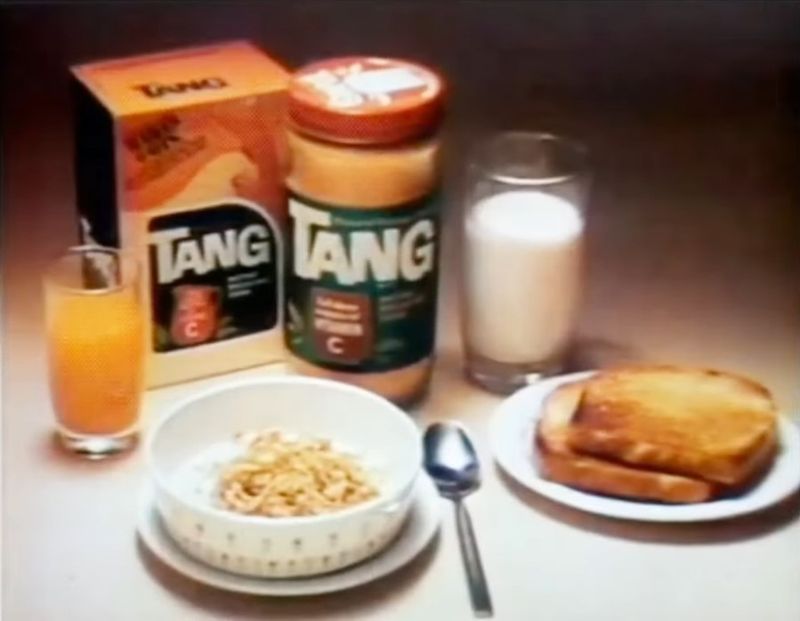
Tang, the orange-flavored drink mix, skyrocketed to fame when NASA astronauts drank it in space. The allure of sipping a beverage fit for space explorers made many believe it was packed with goodness. Sweet and tangy, it was marketed as a vitamin-C-rich drink, perfect for energetic mornings.
Yet, Tang was mostly sugar, with artificial colors and flavors. The vitamin content didn’t outweigh the sugar overload. Many households embraced it, thinking it was a healthier choice than soda. Ironically, it was just as sugary, if not more so. Tang’s space-age image masked its true nature.
Did you know? Despite its space association, NASA didn’t originally develop Tang.
Carnation Instant Breakfast
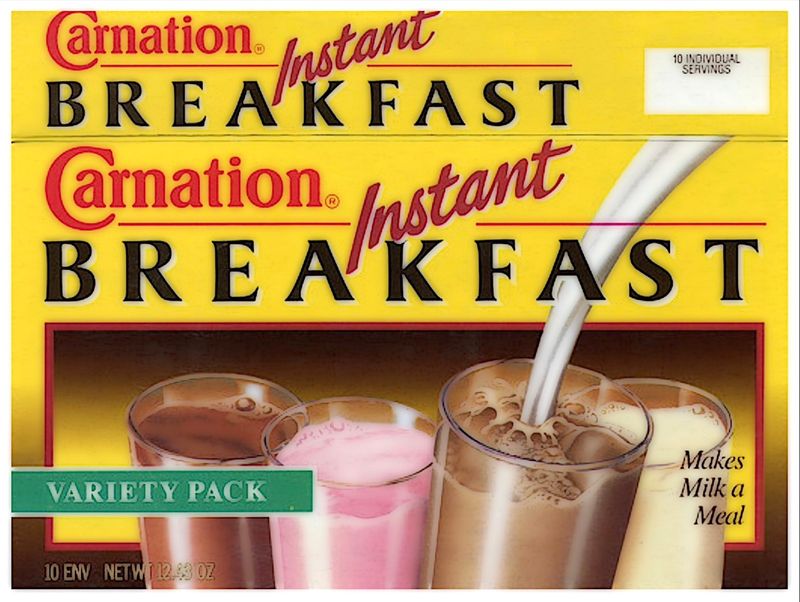
“A breakfast in a glass” was the catchy tagline for Carnation Instant Breakfast. Promising a nutritious start in a convenient drink, it attracted busy families. This powdered mix seemed revolutionary, blending easily with milk to provide energy for the day.
However, it contained high levels of sugar and artificial flavors, overshadowing any real nutritional benefits. The convenience factor overshadowed health. Many believed it was a wholesome meal replacement, but in reality, it was more akin to a flavored milkshake.
Fun fact: Carnation Instant Breakfast’s marketing targeted busy moms and working professionals.
TV Dinners
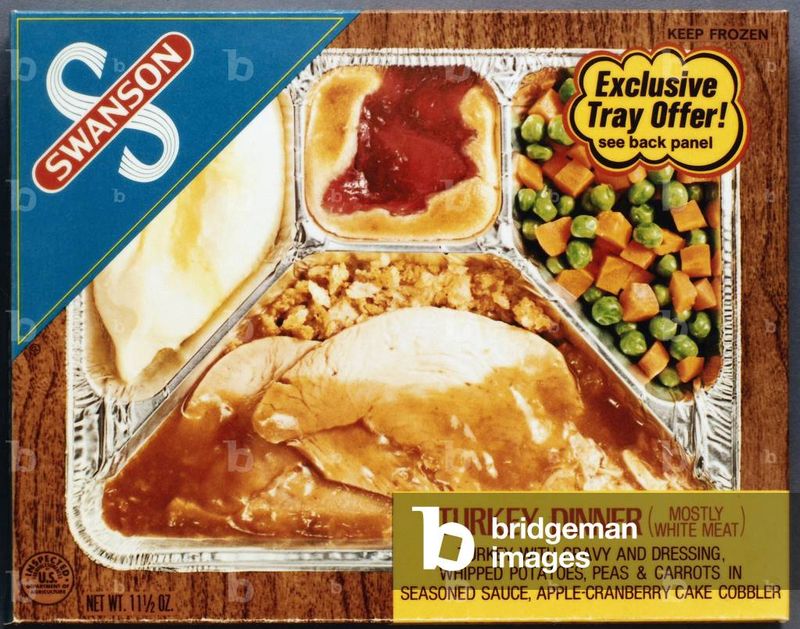
TV Dinners revolutionized the way families approached dinner time, offering convenience in a neatly compartmentalized tray. Promoted as balanced meals, they found their way into countless homes.
Each section housed a different food group, which was innovative for the time. However, these meals were laden with sodium and preservatives, detracting from their assumed healthiness. Despite the flashy packaging, nutritional value was minimal. Nevertheless, they became synonymous with modern living.
Quirky fact: The first TV Dinner was turkey with all the trimmings, inspired by Thanksgiving leftovers.
Tab Soda
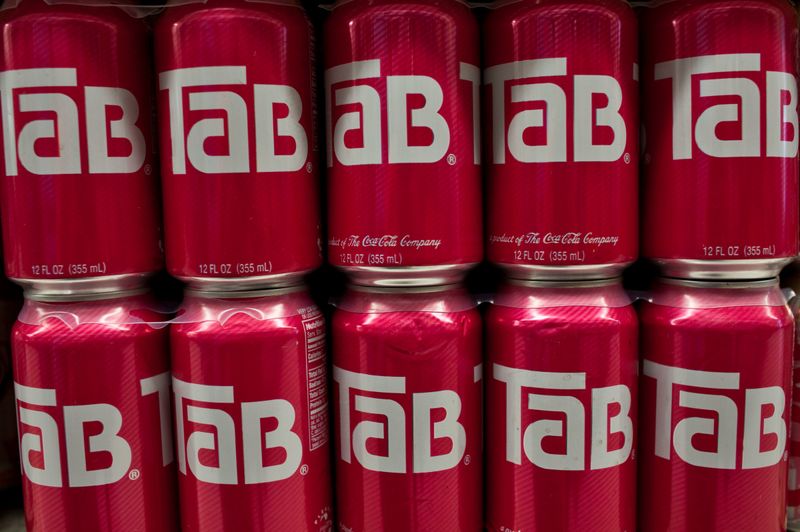
Tab Soda, the diet drink sensation, promised all the flavor with none of the calories. Its sleek pink can became an icon for those looking to maintain a slim figure.
However, it contained saccharin, a controversial sweetener linked to health concerns. The low-calorie promise overshadowed these issues for many. Despite its bitter aftertaste, it was embraced by diet-conscious consumers. Tab’s appeal lay in its promise of indulgence without consequence.
Interesting tidbit: Tab was Coca-Cola’s first diet soda, paving the way for future diet drinks.
Frozen Yogurt

Frozen yogurt emerged as a guilt-free alternative to ice cream, offering a healthier indulgence. With a tart yet sweet flavor, it promised the pleasure of dessert without the drawbacks.
But on closer inspection, many versions were filled with sugar and artificial flavors, diluting its health claims. It was portrayed as a nutritious treat, but the added sugars often rivaled that of traditional ice cream. Despite this, its popularity soared among those seeking lighter dessert options.
Fun trivia: The first frozen yogurt shop opened in Massachusetts in the late 1970s.
Granola
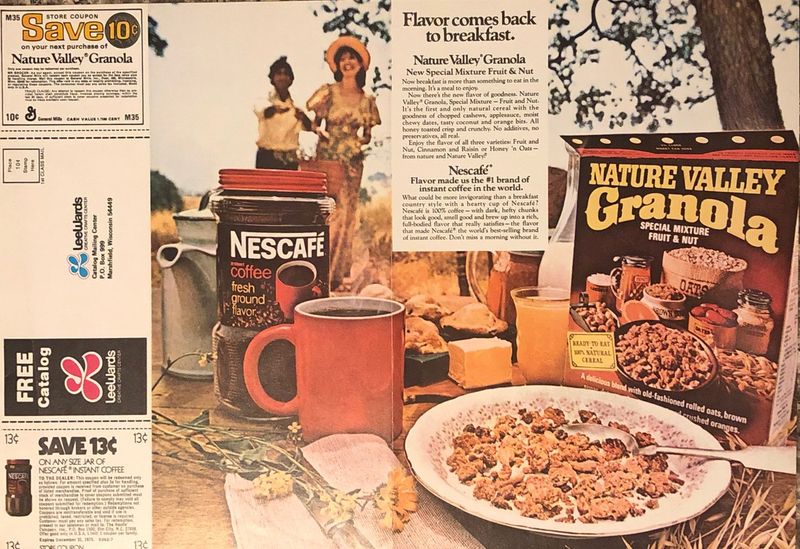
Granola, with its crunchy texture and wholesome ingredients, was heralded as the epitome of healthy eating. It was the breakfast choice for health-conscious individuals, loaded with oats, nuts, and dried fruits.
Despite its image, many commercial granolas were high in sugar and calories, offsetting the benefits of its ingredients. The perception of granola as a superfood overshadowed these downsides. The health halo made it a staple in many households, though moderation was key.
Did you know? Granola’s roots trace back to health reform movements in the 19th century.
Instant Oatmeal
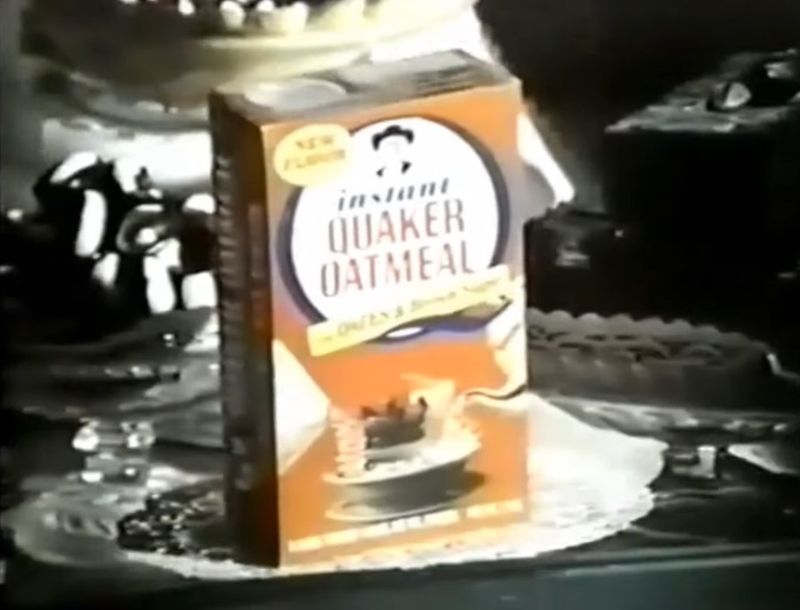
Instant oatmeal promised warmth and nourishment on busy mornings, quickly becoming a breakfast staple. With its ease of preparation, many regarded it as a healthy choice, rich in fiber.
Yet, flavored varieties often contained added sugars and artificial ingredients, detracting from its nutritional promise. The perception of oatmeal as inherently healthy led many to overlook these additions. Despite this, it continued to be a comfort food for many.
Fun fact: Instant oatmeal gained popularity during the 1970s as a quick alternative to traditional oats.
SlimFast
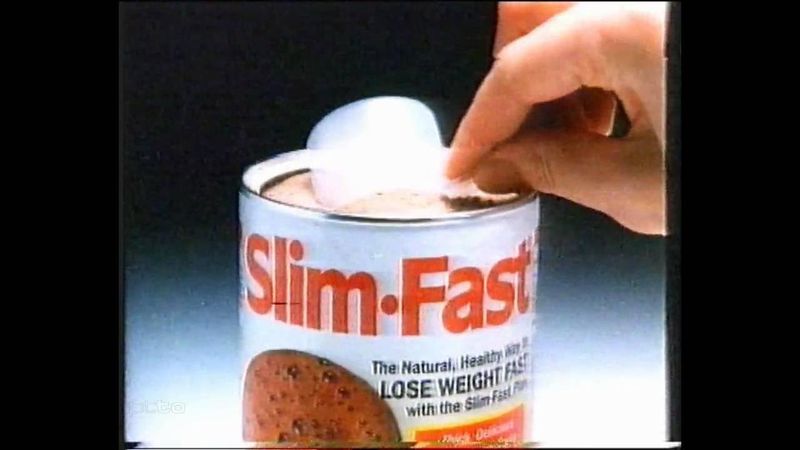
SlimFast emerged as a weight loss solution, offering meal replacement shakes that promised quick results. The allure of simple weight management caught many people’s attention.
The shakes were marketed as nutritious, but their high sugar content painted a different picture. The convenience of a meal in a can was overshadowed by the lack of essential nutrients. Despite this, many were drawn to its promises of a slimmer physique.
Did you know? SlimFast was initially introduced as a low-calorie nutrition supplement in the late 1970s.
Rice Cakes
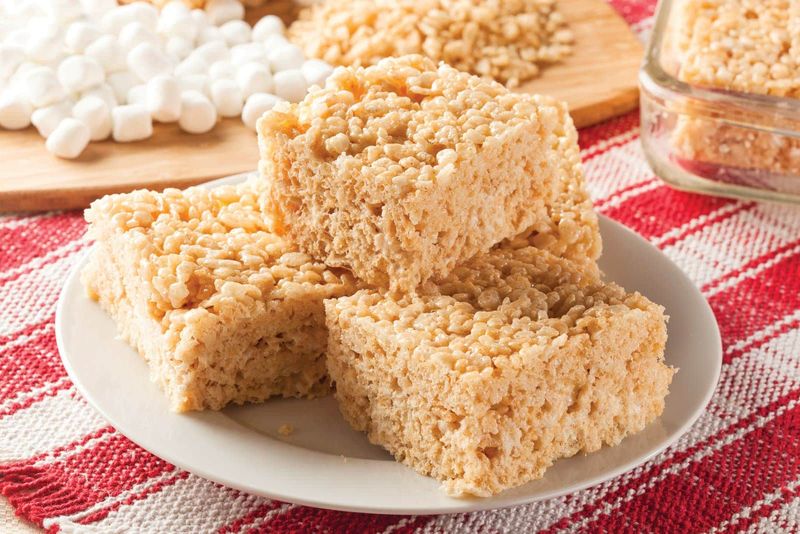
Rice cakes, light and airy, became a popular snack for those seeking a low-calorie option. Their simplicity and crunchiness offered an alternative to heavier snacks, appealing to diet-conscious individuals.
However, their lack of flavor often led to additions like peanut butter, negating their low-calorie promise. Despite being low in calories, they were also low in nutrients, making them more of a filler than a meal. Nonetheless, they became a staple in diet plans.
Quirky trivia: Rice cakes have been a staple in Asian diets for centuries before their Western popularity.
Wheat Germ
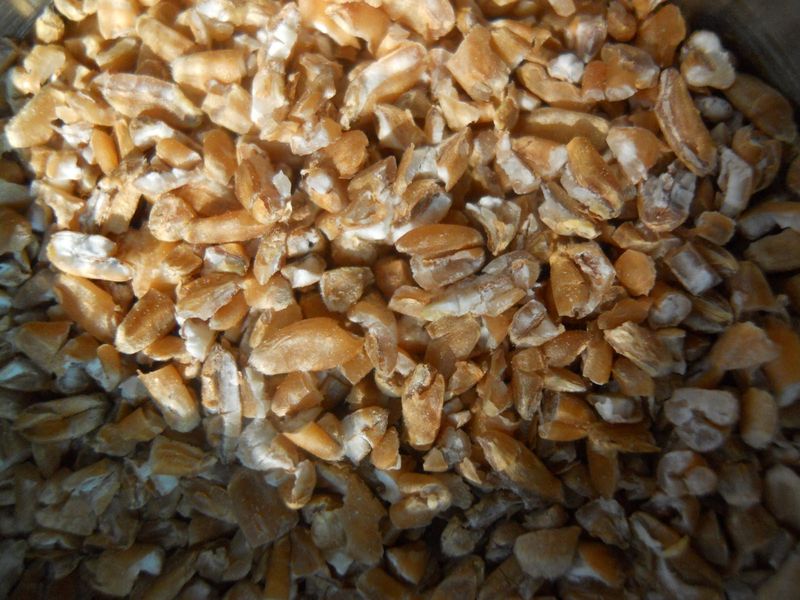
Wheat germ, the nutritious heart of the wheat kernel, was touted as a superfood in the 1970s. Rich in vitamins and minerals, many believed it was the ultimate health booster.
However, its strong taste and texture led to limited culinary use, often mixed into smoothies or baked goods. While nutritious, its caloric content was sometimes overlooked. Despite this, its reputation as a health food remained intact.
Interesting fact: Wheat germ’s popularity soared as part of the back-to-nature health movement.
Diet Cheese

Diet cheese, promising all the taste with fewer calories, intrigued many during the 1970s. Its appeal lay in the concept of enjoying cheese without guilt, perfect for cheese lovers.
However, the reduced-calorie versions often contained additives and fillers to mimic the taste and texture of regular cheese. The nutritional benefits were questionable, overshadowed by artificial components. Despite this, its novelty made it a trendy choice for many.
Quirky tidbit: Diet cheese paved the way for other reduced-calorie dairy products.
Carob
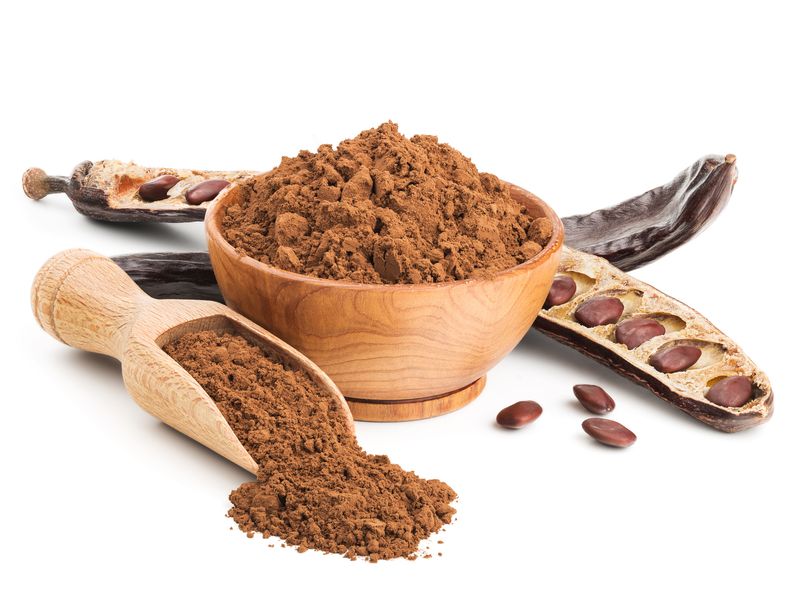
Carob became a popular substitute for chocolate, marketed as a healthier option. It was caffeine-free and had a naturally sweet taste, making it a favorite for those avoiding chocolate.
While it lacked chocolate’s richness, its health claims often included being lower in fat. Despite these claims, many carob products contained added sugars to enhance flavor. The perception of carob as the healthier chocolate alternative held strong.
Fun trivia: Carob gained popularity as part of the health food movement in the 1970s.
Margarine
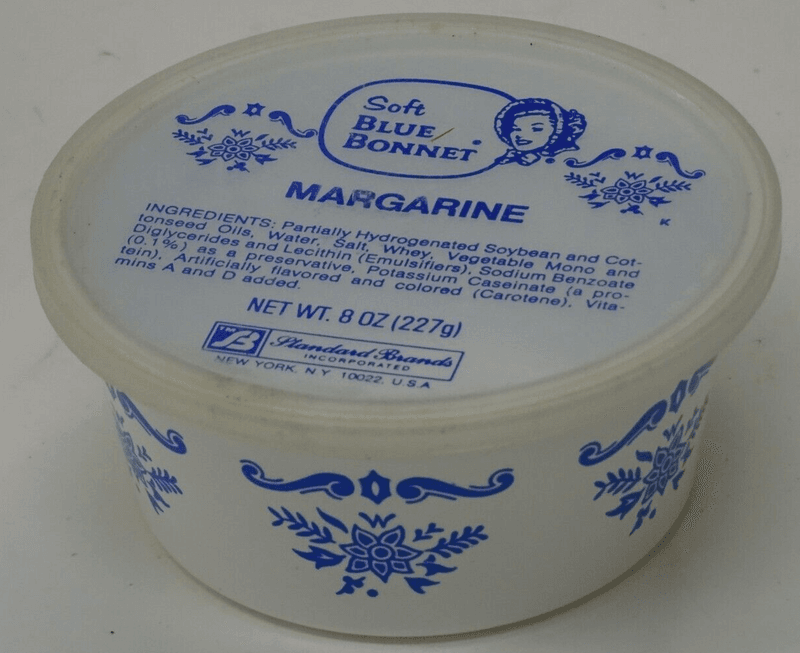
Margarine, seen as the heart-healthy alternative to butter, took kitchens by storm. It was praised for its lower saturated fat content, appealing to those conscious of cholesterol levels.
However, many varieties were high in trans fats, which later raised health concerns. Despite this, margarine was a staple in households for its spreadability and buttery flavor. The health claims overshadowed the potential risks for many years.
Did you know? Margarine was originally developed in the 19th century as a butter substitute for the Navy.
Soy-based Meat Substitutes

Soy-based meat substitutes promised a plant-based alternative to traditional meats. Packed with protein, these products appealed to vegetarians and the health-conscious alike.
However, many were heavily processed, containing additives and preservatives. The perception of them being a straightforward healthy alternative was misleading. Despite this, they offered a glimpse into a meat-free dining option.
Fun fact: These substitutes paved the way for the vegetarian and vegan products we see today.
Gelatin Salads
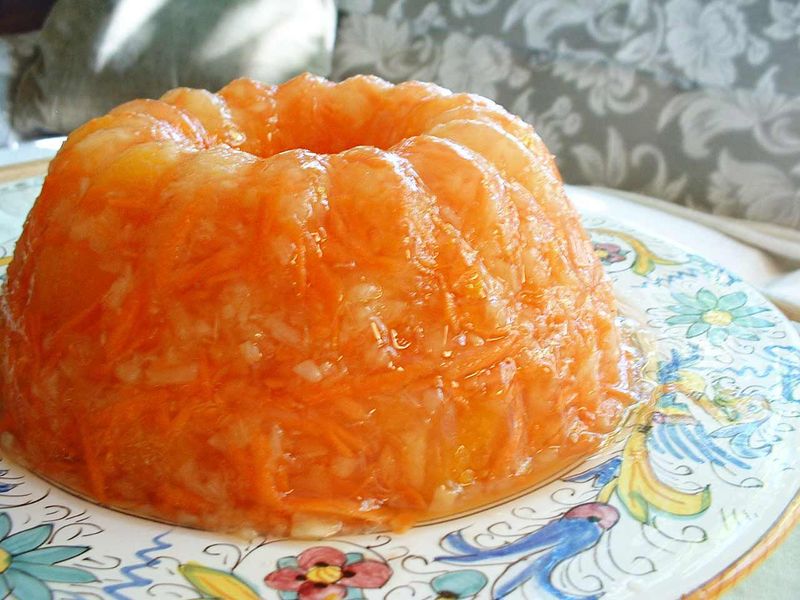
Gelatin salads, with their vibrant colors and jiggly texture, were a staple at 1970s gatherings. Filled with fruits and vegetables, they were seen as a creative way to incorporate these into meals.
However, the high sugar content in flavored gelatin and canned fruits overshadowed their nutritional value. Many were dazzled by the novelty, overlooking the sugar content. These salads were more about visual appeal than health.
Quirky tidbit: Gelatin salads became popular post-World War II due to their affordability and versatility.
Trail Mix

Trail mix, a favorite among outdoor enthusiasts, offered a portable snack full of energy. Filled with nuts, seeds, and sometimes chocolate, it was marketed as a wholesome blend.
Yet, the added candies and chocolate chips increased the sugar content, overshadowing its health benefits. Despite being calorie-dense, it remained a popular choice for its convenience and energy boost. The perception of trail mix as a healthy snack was widespread.
Interesting fact: Trail mix originated as “scroggin” in Australia and New Zealand.
Artificial Sweeteners
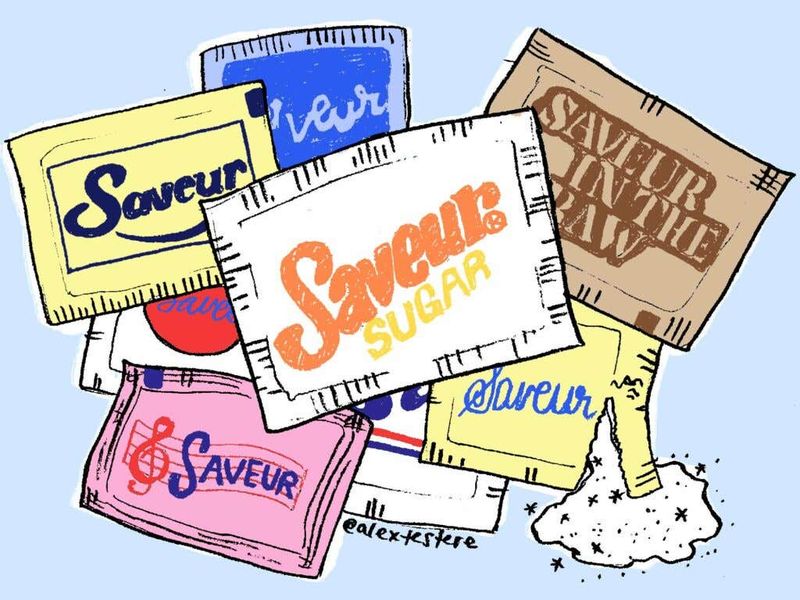
Artificial sweeteners, with zero-calorie promises, intrigued many during the 1970s. They offered a way to enjoy sweetness without the caloric intake, perfect for those watching their weight.
Yet, some sweeteners were linked to health concerns, casting a shadow over their benefits. Despite potential risks, they became a staple in homes and restaurants for their convenience. The allure of guilt-free sweetness was hard to resist.
Did you know? Saccharin, one of the earliest sweeteners, faced controversies over its safety.
Dietetic Bread
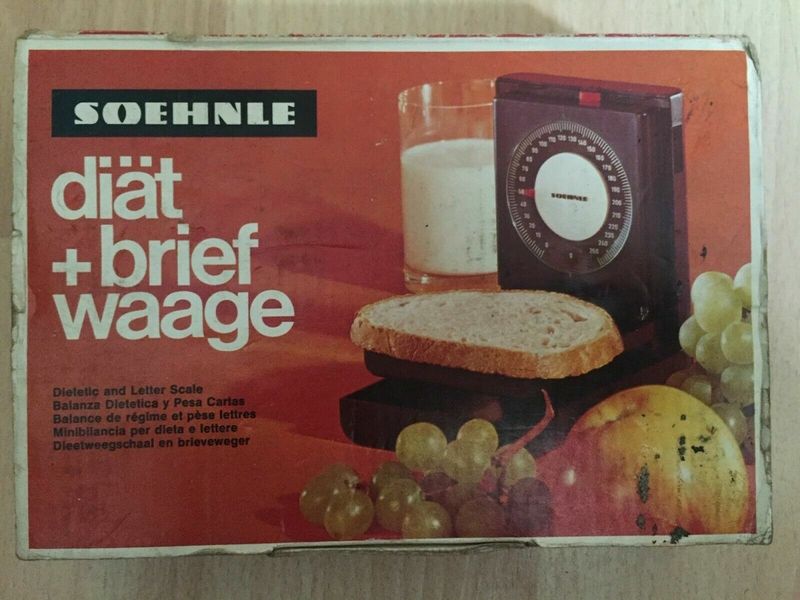
Dietetic bread, promising fewer calories and carbs, caught the attention of those seeking a healthier lifestyle. With its lighter texture, it became a favorite for sandwiches and toast.
However, the reduced calorie count often came at the expense of flavor and nutrition. Additives to maintain texture and taste were common. Despite this, its appeal as a diet-friendly option was significant. The perception of dietetic bread as a healthier choice was widespread.
Quirky tidbit: Dietetic bread was often marketed in conjunction with other low-calorie products.
Leave a comment